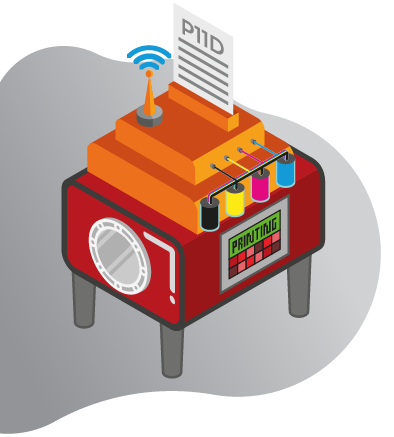
The Easy P11D Guide
Our step by step P11D Guide is easy to understand and explains how to work out taxable values for all P11D benefit sections.
P11D forms are an annual return to HMRC of any benefits-in-kind or expenses payments that employers have made available to their employees. The P11D form itself is broken down into fourteen sections for returning different types of benefits and expenses.
The calculation of the taxable value of benefits-in-kind (the cash equivalent) on which the employee will have to pay tax can be quite difficult. The official guidance from HMRC can itself be hard to interpret and follow if you are not already an expert in benefits legislation.
Our P11D guide will attempt to guide you through the complex legislation and provide you with a layperson’s explanation of what needs to be returned in each P11D section.
This guide is not designed to cover every possibility in exhaustive detail, but instead concentrates on the more commonly used scenarios that usually occur in practice.
When more detailed information is required please visit the HMRC website. In all cases of doubt please consult a professional adviser.
The basics
The first thing to note is that there are two types of coloured boxes to enter taxable values onto the P11D form. These are coloured either brown or blue. Values in blue boxes do not attract Class 1A National Insurance Contributions (NIC) and values that appear in the brown boxes do attract Class 1A NIC. The totals of all employee’s brown box entries should be added together and put onto the P11D(b) form to calculate the Class 1A NIC due.
Taxable values that appear in any box should always have the VAT element added on. Finally any items covered by a dispensation or a PAYE Settlement Agreement need not be entered on the P11D form.